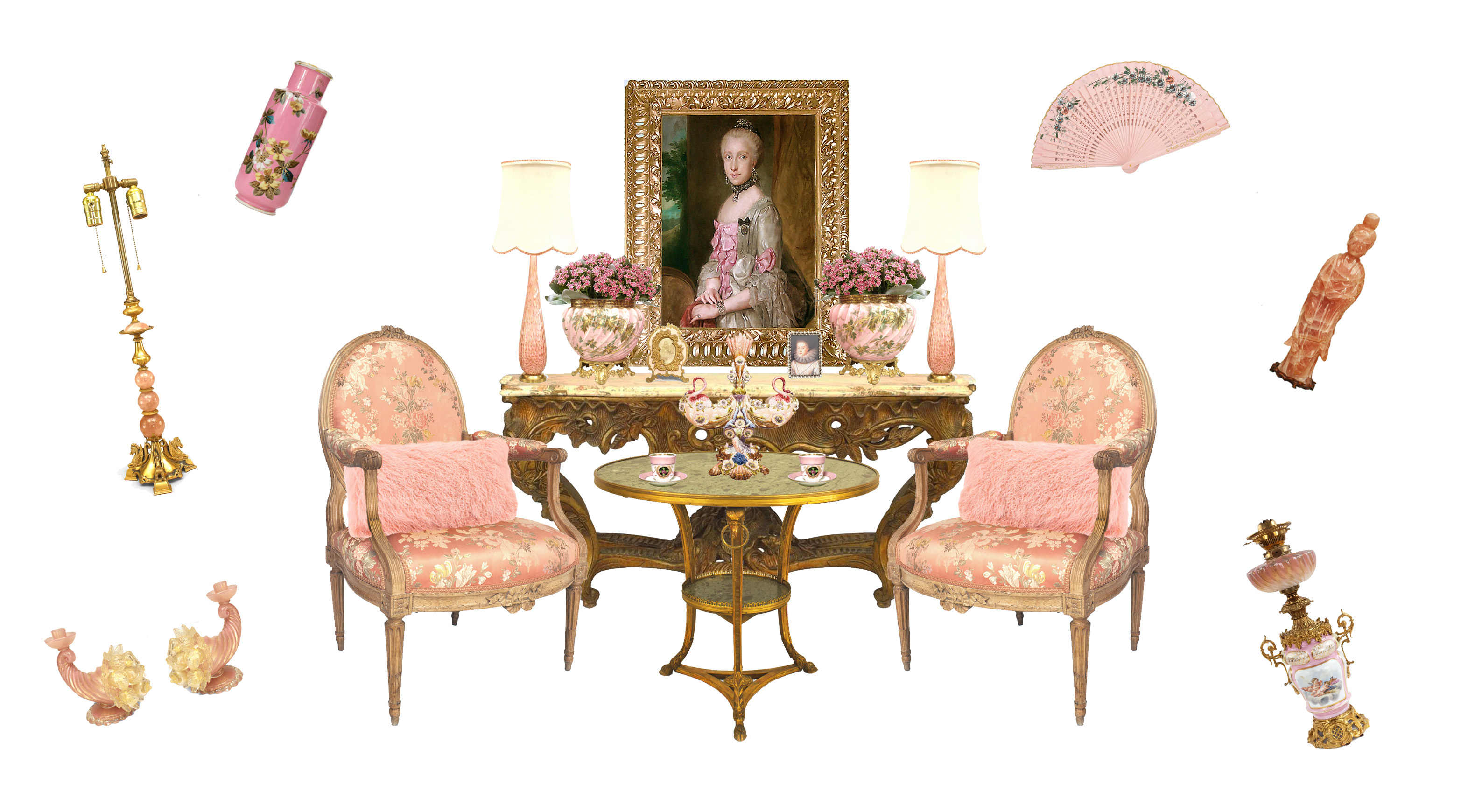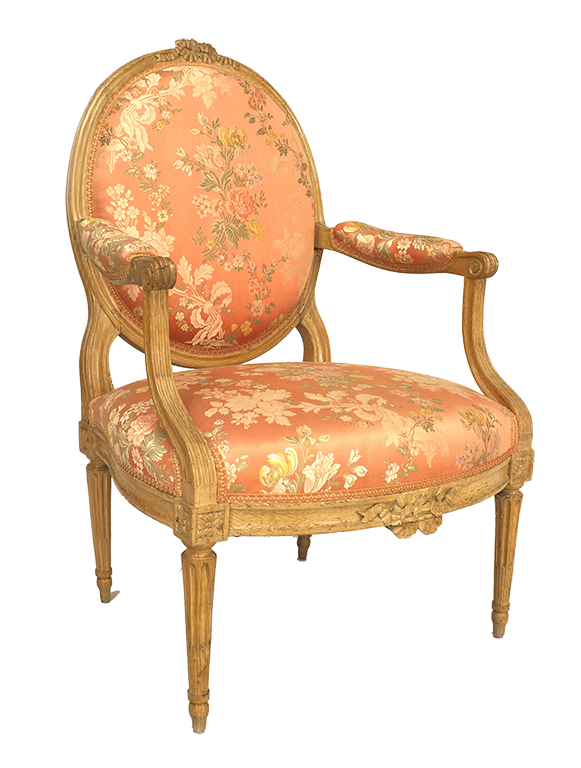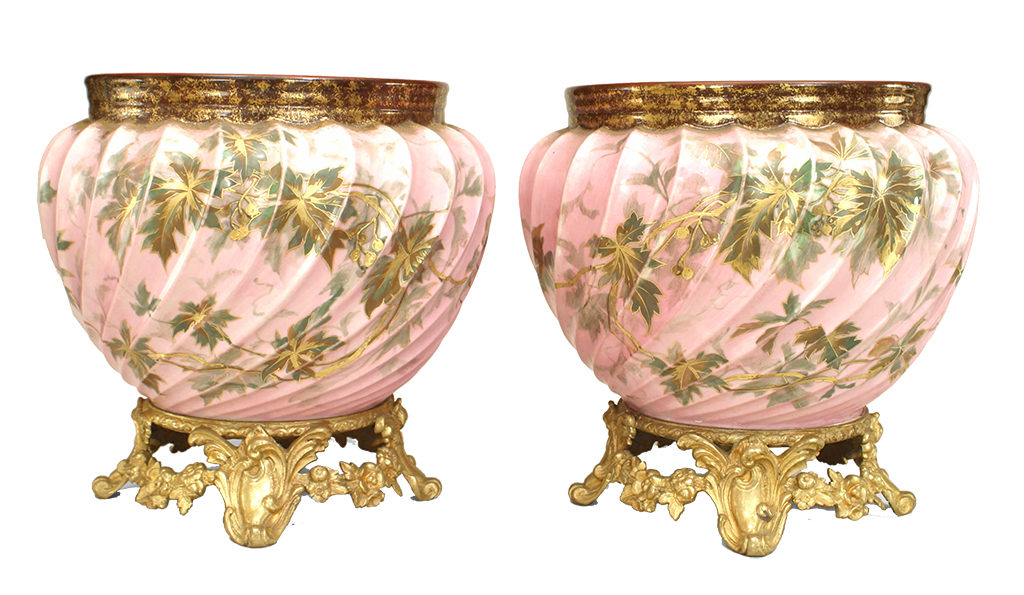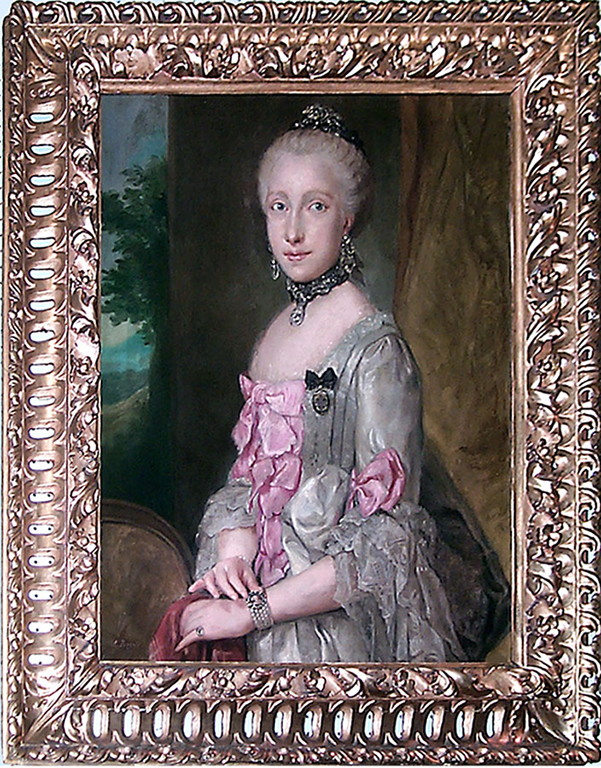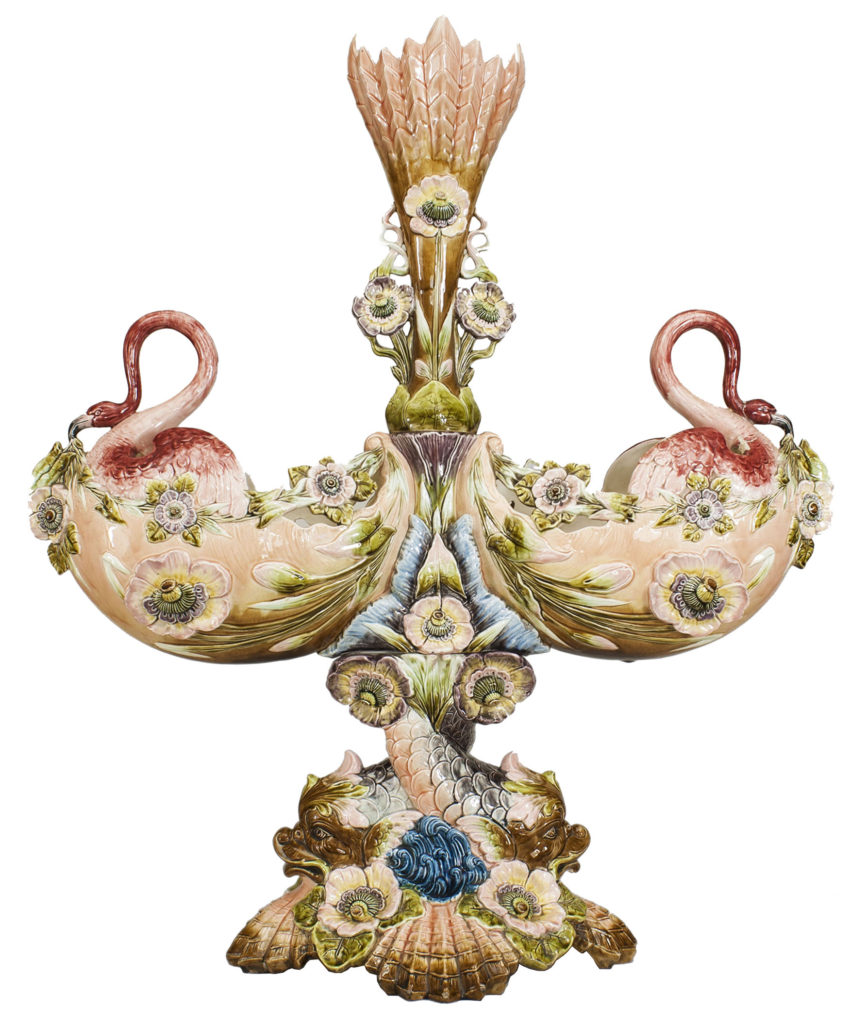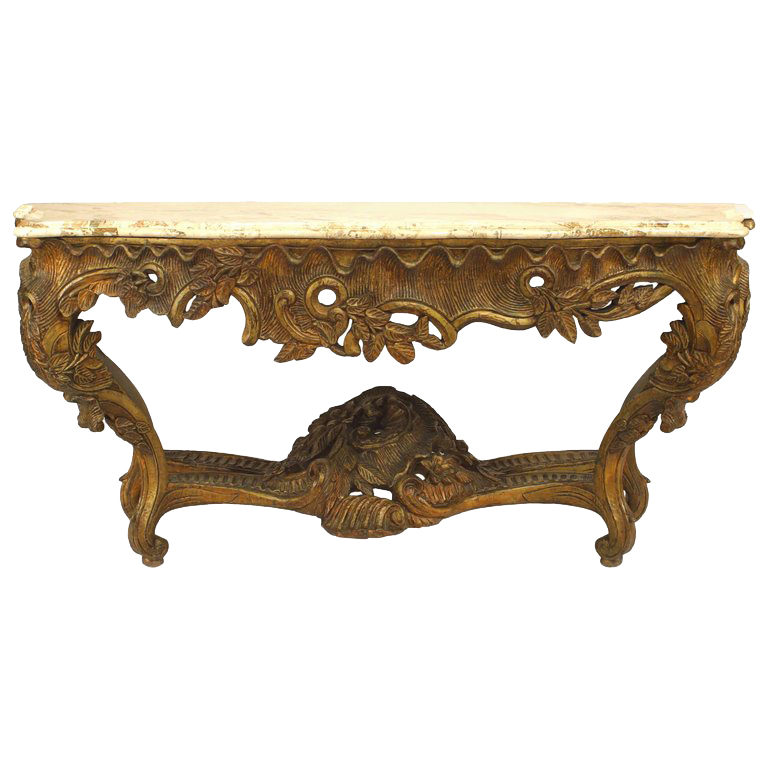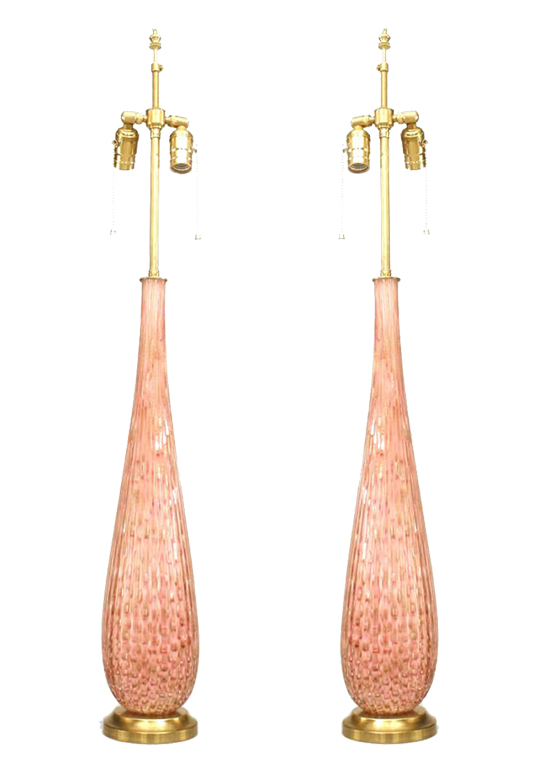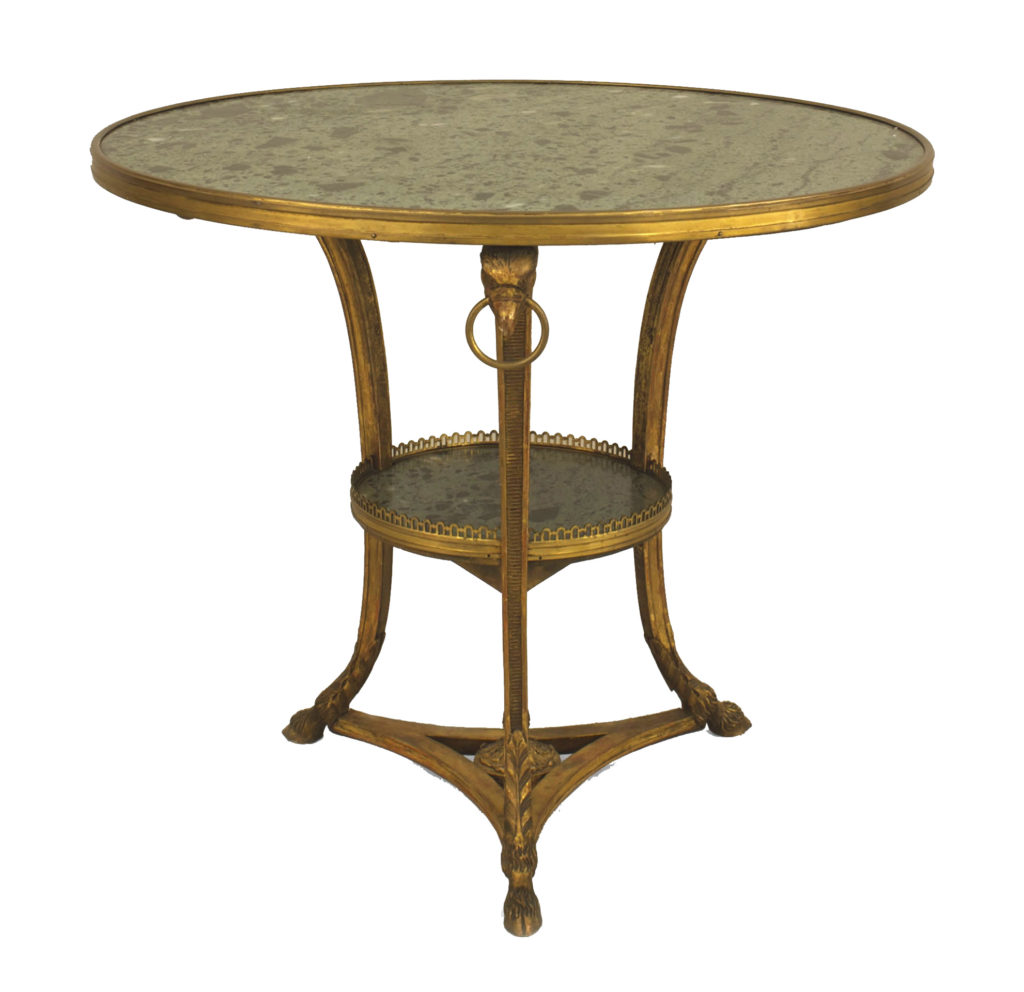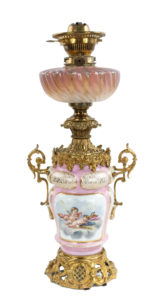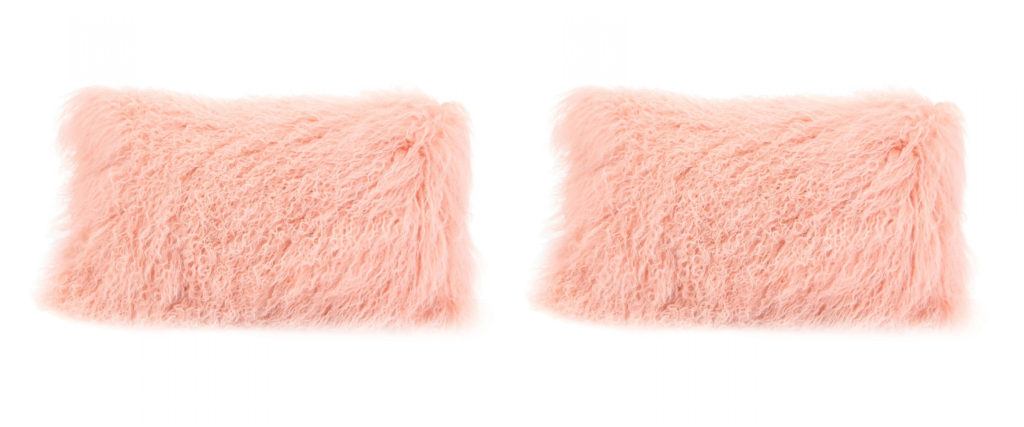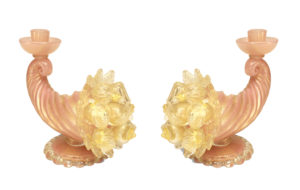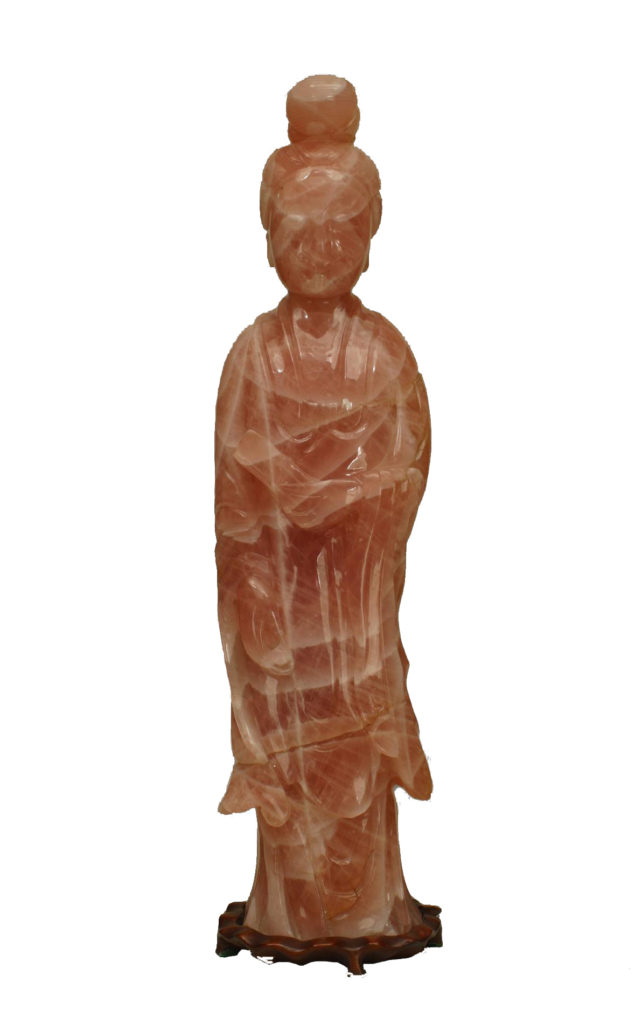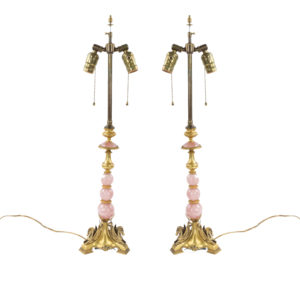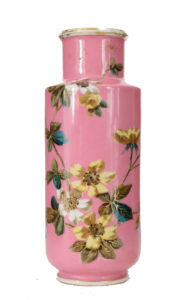featured style
July 11, 2019
In today’s world, pink is commonly associated with little girls, but did you know this was not always the case? In fact, in the 1700s pink was not considered a “girls’ color,” and was actually more popular with little boys. Pink was viewed as a paler shade of red, a color which reflected military uniforms, and was therefore seen as more “masculine.”
The feminization of pink began in the mid-1800s when men increasingly started wearing darker colors. During this time, pastels and brighter colors became an expression of femininity. By the 1950s, the “pink for girls, blue for boys” stereotype was solidified, largely due to the power of mass marketing and branding after the Second World War.
The popularity of the color pink, however, goes far beyond its associations with gender. Here are 5 facts about the color pink that have contributed to its acclaimed status and symbolism over time.
Did You Know?
1
Walter Diemer, the inventor of bubble gum, was forced to make bubble gum pink, as that was the only color he had in his factory.
2
Many jail cells and locker rooms are painted in “dunk tank pink” (similar to the color of Pepto Bismol) because that color is known to have a calming effect on the human mind.
3
The color pink got its name after the flowering plant, “pinks”.
4
Crayola did not invent the pink crayon until 1949. The original Crayola crayons were invented in 1903 and included eight colors (red, orange, yellow, green, blue, violet, brown and black). The first pink crayon was called Carnation Pink.
5
The shade Millennial Pink (also Christine Coco Murray’s favorite color) got its name in 2012. Millennial Pink is a milder version of Barbie Pink. Millennial Pink has a more wide-spread appeal across the gender and age spectrums than other shades of pink.
Bonus Fact
Newel Props supplied furniture for the movie The Pink Panther. We loved working with set decorator George DeTitta, Jr. on this film back in 2006!
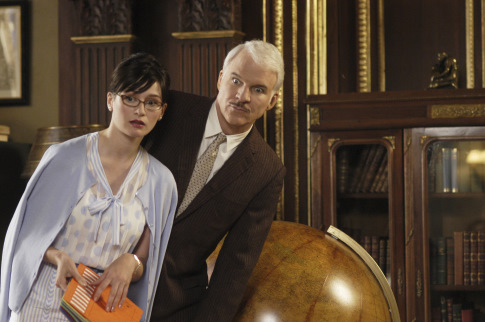
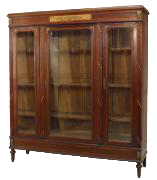
French Louis XVI style mahogany and bronze trimmed 3 door cabinet with cupid plaque (19th Cent)

